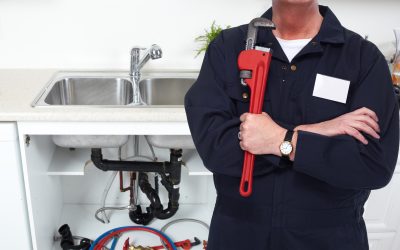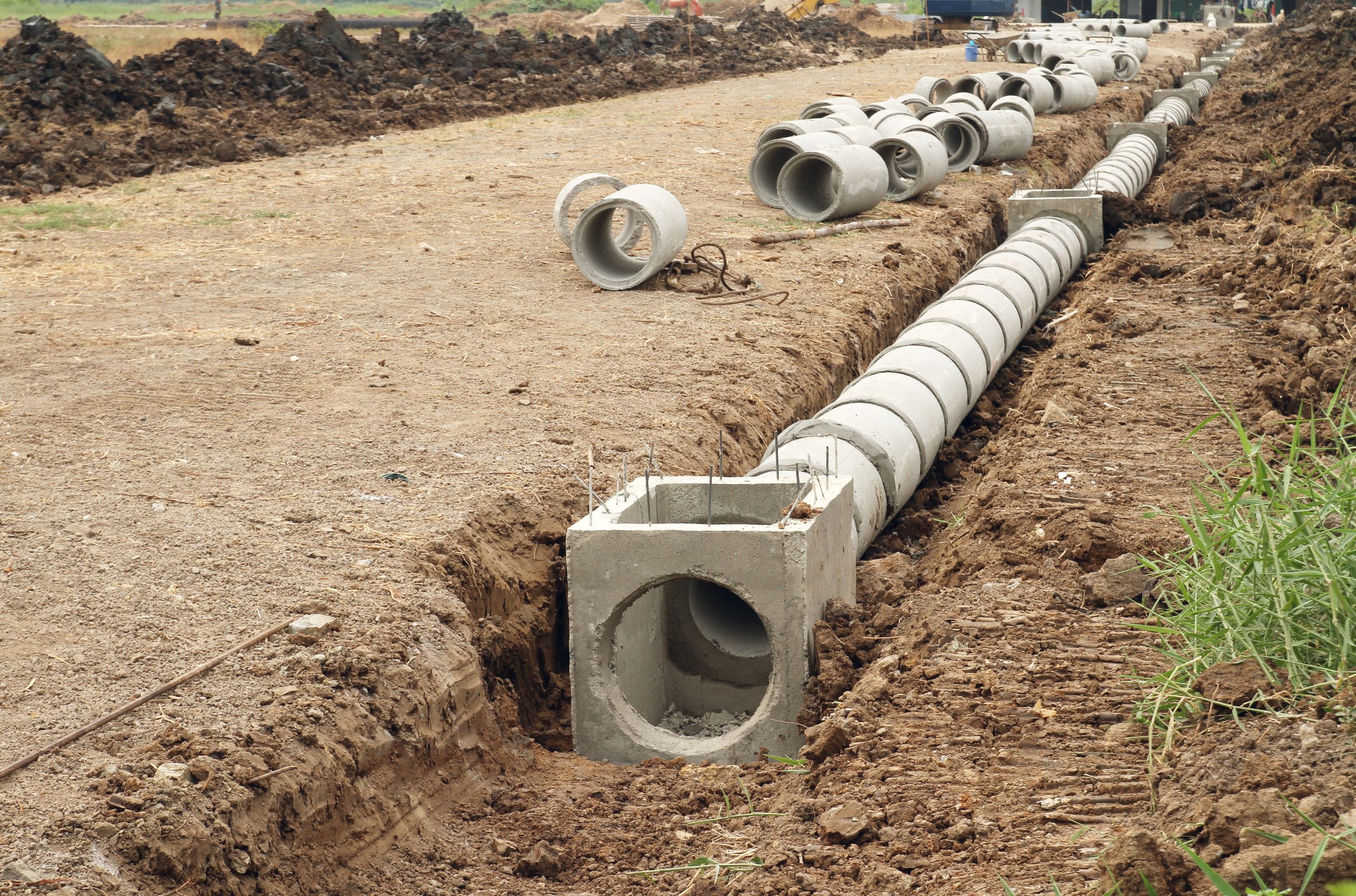A leaking pipe in your home can quickly turn from a minor inconvenience into a costly disaster if not addressed promptly. Water damage can compromise structural integrity, ruin personal belongings, and lead to hazardous mold growth. Many homeowners in Littleton, CO, search for solutions online to stop leaks fast and safeguard their property. If you have ever typed “Repair Leaking Pipe Littleton CO” into your search bar, you’re not alone—this guide will walk you through immediate steps to take, practical repair methods, and essential tips to prevent future water damage.
Identifying the Source of the Leak
Before you can fix a leaking pipe, it’s crucial to locate the source. Leaks often occur at pipe joints, under sinks, behind walls, or near appliances. Common signs include damp spots, reduced water pressure, or the sound of running water when all fixtures are off.
• Check visible pipes under sinks and in basements for pooling water or corrosion.
• Inspect walls and ceilings for stains or bubbling paint, often indicating hidden leaks.
• Monitor your water meter by turning off all water sources and observing if the meter continues to move.
Quick Steps to Minimize Immediate Damage
Once you’ve identified a leak, act quickly to prevent further water damage:
1. Shut off the main water supply to stop the flow and minimize flooding.
2. Dry affected areas with towels or a wet/dry vacuum to prevent mold growth.
3. Place a bucket or pan under the leak to catch dripping water.
4. Move valuables and electronics away from the affected area.
Temporary Fixes for Leaking Pipes
If you’re waiting for professional help or need a fast solution, several temporary measures can buy you time:
• Pipe repair clamps : These are available at local hardware stores and can be easily fastened over the leak.
• Epoxy putty : Moldable and water-resistant, this putty plugs small holes or cracks until a permanent repair is possible.
• Rubber patch and hose clamps : Wrapping a piece of rubber (like an old hose) around the leak and securing it with hose clamps can temporarily stop the leak.
Long-Term Solutions and Prevention
While temporary fixes can help, a permanent repair is essential to avoid recurrence. Replacing the damaged section of pipe or joint is often necessary. For copper, PVC, or PEX pipes, ensure you use compatible fittings and materials. If you’re not comfortable with plumbing repairs, consulting a licensed plumber is always the safest option.
To prevent future leaks and water damage:
• Regularly inspect pipes for corrosion, rust, or mineral buildup.
• Insulate exposed pipes to prevent freezing and bursting during cold weather.
• Monitor water pressure and keep it within recommended limits (usually 40–60 psi).
• Install leak detectors that alert you to water presence in vulnerable areas.
Protecting Your Home from Water Damage
Quick action is vital when dealing with a leaking pipe. By identifying leaks early, using effective temporary fixes, and investing in long-term solutions, you can protect your home from extensive water damage. Regular maintenance and vigilance are your best defenses against plumbing emergencies. Remember, being proactive not only saves money but also preserves the comfort and safety of your living space.


